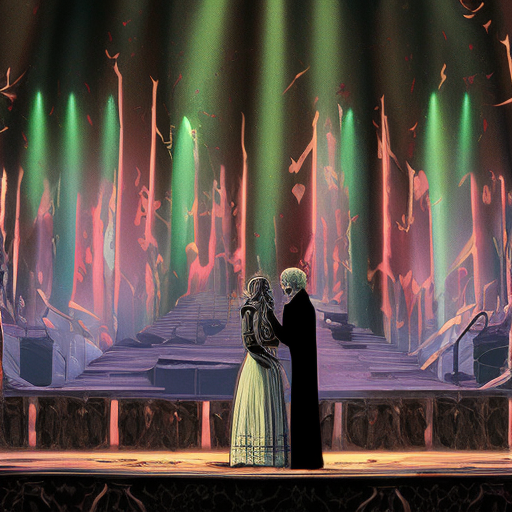Sunrise: A Song of Two Humans by F. W. Murnau
One-line Summary:
A married farmer is seduced by a city woman who convinces him to murder his wife, but he ultimately redeems himself by saving her from drowning.
Main Cast and Crew:
- Director: F. W. Murnau
- Writer(s): Carl Mayer, Hermann Sudermann (novel)
- Key Actors: George O’Brien (The Man), Janet Gaynor (The Wife), Margaret Livingston (The Woman from the City)
- Music Director: Hugo Riesenfeld
- Director of Photography: Charles Rosher, Karl Struss
- Producers: William Fox, William Fox Jr.
Plot:
In a small village, a married farmer (George O’Brien) is seduced by a beautiful woman from the city (Margaret Livingston). The woman convinces him to murder his wife (Janet Gaynor) and run away with her. The farmer, tormented by guilt, agrees to the plan and takes his wife on a boat trip, intending to drown her. However, as he is about to carry out the act, he realizes the depth of his love for his wife and cannot go through with it.
The couple spends a day in the city, rekindling their love and rediscovering the joy they once shared. They attend a wedding, visit an amusement park, and even consider buying new clothes. As they prepare to return home, the farmer’s wife becomes lost in the crowd, and he frantically searches for her. Eventually, they reunite, and the farmer realizes that he cannot live without his wife.
Back in their village, the couple faces the judgment of their neighbors, who suspect the farmer of infidelity. However, the farmer’s wife forgives him, and they are reconciled. The film ends with a powerful scene of redemption as the farmer saves his wife from drowning during a storm, symbolizing their renewed love and commitment.
Themes and Motifs:
“Sunrise: A Song of Two Humans” explores themes of love, temptation, redemption, and the power of nature. The film delves into the complexities of human relationships, highlighting the destructive consequences of infidelity and the transformative power of forgiveness. Murnau masterfully uses visual motifs, such as the contrast between the idyllic countryside and the bustling city, to emphasize the characters’ emotional journeys.
Reception and Legacy:
Upon its release in 1927, “Sunrise: A Song of Two Humans” received critical acclaim for its innovative storytelling and technical achievements. It won three Academy Awards at the first-ever ceremony in 1929, including Best Actress for Janet Gaynor, Best Cinematography, and a special award for Unique and Artistic Picture. The film’s legacy in cinema is significant, as it is considered one of the greatest silent films ever made.
The movie’s influence can be seen in subsequent works, inspiring directors such as Alfred Hitchcock and Jean Renoir. Its visual storytelling techniques and emotional depth continue to resonate with audiences today. “Sunrise: A Song of Two Humans” is a timeless masterpiece that showcases the power of cinema to evoke profound emotions and explore the complexities of the human experience.
Recommendation:
“Sunrise: A Song of Two Humans” is a must-watch for cinephiles and anyone interested in experiencing the beauty and power of silent cinema. Murnau’s direction, combined with the exceptional performances by George O’Brien and Janet Gaynor, creates a captivating and emotionally resonant story. The film’s stunning visuals, innovative techniques, and timeless themes make it a true cinematic gem.
Memorable Quote:
“This is a happy day. We are together again. I want to look at you, not through the leaves of this tree, but at you. My arms…my hands…my eyes…like this…like this…like this.” – The Man












